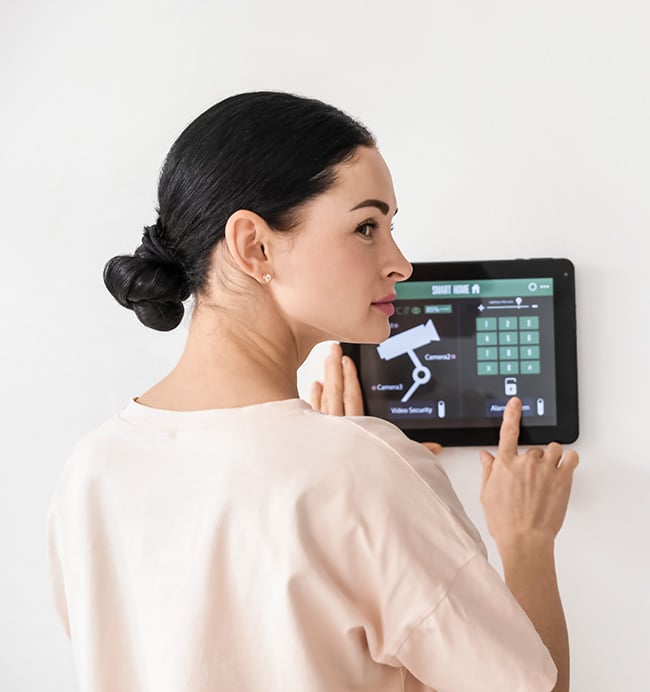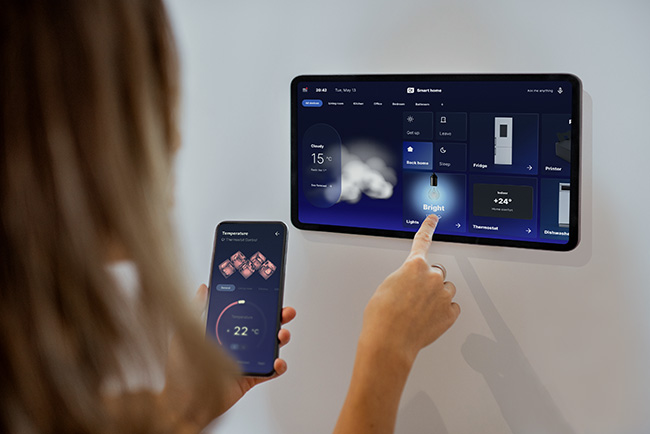Rethinking UX for the Consumer-Centric Era
The landscape of product design is undergoing a sea of change. To reach the end user, companies need to level up their UX investments and ensure they are in sync with user behavior.
By Asa Butcher

No business can afford to ignore user experience (UX), especially now with technological disruptions like AI, Web3, the metaverse, and the rise of voice reshaping how products and services are designed and used. Yet, when it comes to investments, UX gets the short end of the stick.
This is problematic, especially when you consider user-centred digital transformations that are taking place across industries. UX design will inevitably play a key role in how well these transformations succeed. The numbers too back this up. According to studies conducted by Forrester Research, for every USD 1 invested in UX development, businesses can expect to get returns of up to USD 100. That’s not all. Surveys conducted by Amazon Web Services show that so-called ‘design unicorns’, companies with high investments in UX, saw sales rise by a whopping 75%. Even ‘design-centric’ companies with moderate investments in UX saw sales rise by 60%.
The case of investing in UX has never been stronger, especially in the consumer electronics sector where consumers are cutting costs while simultaneously demanding consistency in user experiences. The onus is now on UX designers and developers to get the most value out of UX design, while keeping product features modular and adaptive to meet future needs.

Know Your User, Know the Future
Getting inside the head of the user is part of the UX/UI development process as much as getting all the graphics and code in place, says Eva Rio, who has over ten years of experience in the industry. Rio has worked across the board, from software testing, user research and marketing to UX design. Currently, she works as a Product Manager at Tuxera, a software company offering solutions for data storage management in consumer electronics, enterprise and embedded markets.
"It's important to acknowledge that most of the value of user experience lies in user research and in synthesizing your findings – to do this, you need to work closely with your clients, understand the context in which products are used, and the market trends and problems to be solved," Rio explains.
But sometimes, conveying the needs of the end-user is not as straightforward as it sounds.
"There is a risk that the developers are disconnected from what users want to do with the product. A tight-knit collaboration with designers is needed. User research is also part of future-proofing your product," she notes.
After the product has been launched, analysing how the users interacted with it helps to improve the next generation of products.
We have published the top trends that will disrupt and define UX.
Interested? Get your copy here!

From Interoperability to a Holistic Approach
According to Rio, the key to creating a great user experience is in looking at how the user is going to use the device in the field.
"There two components to UX development – the customer who is going to deploy the software, and the end-user, who interacts with the product," she says. "You should always start with the user and the problem you're trying to solve. Overall, holistic thinking is the key."
When it comes to various devices and functions, the end-user expectations vary in different ways. Apple is a good example of a company that offers brand consistency and interoperability between devices within their ecosystem, and end-users are looking for more of what companies like Apple are offering, says Patrick Dalez, Business Line Director, Embedded Product, Qt.
"The UI is one part of the overall user experience, but the user experience starts much earlier and continues throughout the lifetime of the device," Dalez emphasises.
"In engaging with the product or service, the end-user expects the experience to be the same across all touchpoints with different devices. That's why brand consistency is highly important," he adds.
From the connected home perspective, people usually have devices from different manufacturers that work with various technologies. So, you might have your smartphone connected to Wi-Fi or Bluetooth, and your lighting working on ZigBee. Users want to control all devices with a single app or interface.
"Our SmartHome demo shows exactly how the Qt framework enables this kind of holistic approach – to control all the devices from refrigerators to dishwashers with one central hub or companion app, and how this can be achieved regardless of the device in question," he reveals.

The User Experience of Today
Going forward, Dalez believes that brand owners will appreciate scalability even more not only in terms of brand consistency but also sustainability.
"If you're developing UI for specific devices, you might have a product family of low-end devices with smaller screens, and higher-end devices with bigger screens and more functions. By developing the code base once and then scaling it across different devices, you can actually implement the same user experience onto all of your different devices," explains Dalez.
Rio agrees that to save costs, careful planning is required, especially for systems that have a long life cycle. When it comes to UX design, she thinks the whole experience of using a product will have even more relevance.
"User experience will not be focused only on making your product better and functional, but what surrounds the product itself."
